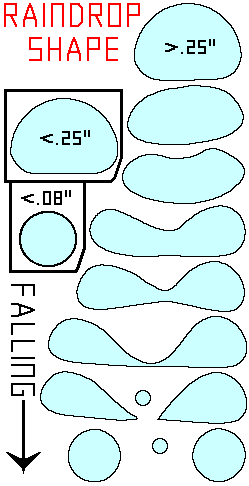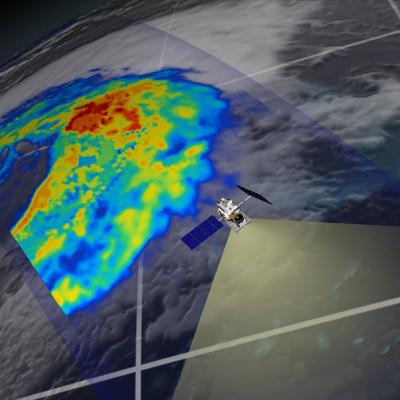PMM
Content which is not specifically affiliated with GPM or TRMM, but which is about the Precipitation Measurement Missions in general.
2009 PMM Science Team Meeting
Dates
Location
Salt Lake City, Utah
Meeting Files
Mission Affiliation
2010 PMM Science Team Meeting
Dates
Location
Seattle, Washington
- Access the restricted 2010 PMM Science Team Meeting files (PMM Science Team members only).
- Request a password to access the 2010 PMM Science Team Meeting files.
Meeting Files
PMM_2010_Agenda.pdf68.56 KB
Mission Affiliation
Raindrop Shape Diagram

Image Caption
An illustration of how raindrops change shape as they fall towards the ground.


